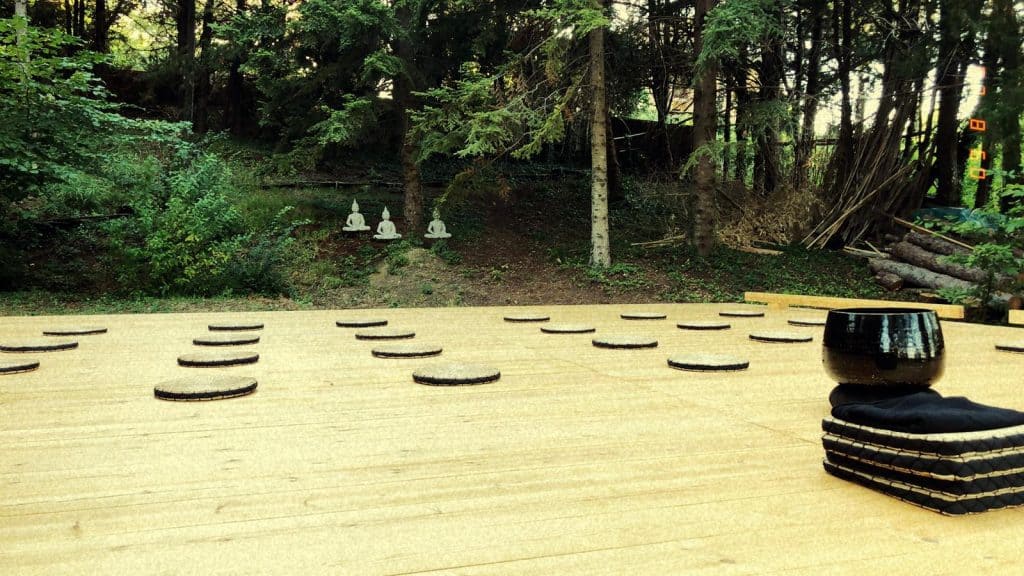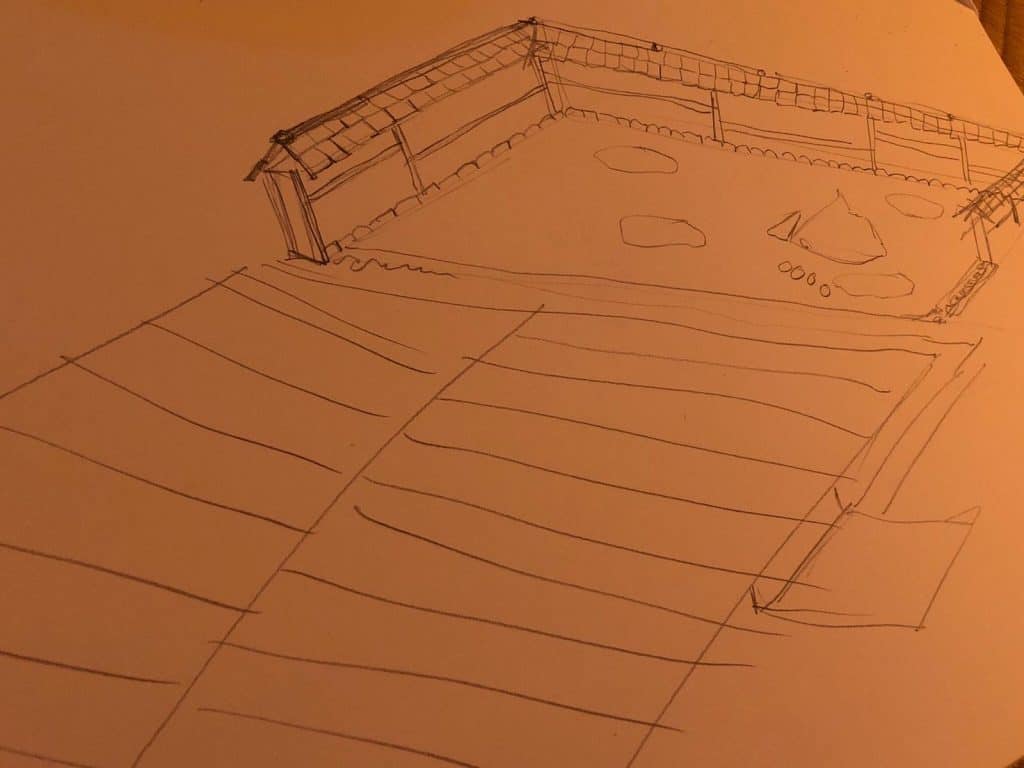Send a “shochu mimai” or “zansho mimai”? That is the question!
Chapter 1)
As you may know, Japanese have a tradition of exchanging greeting cards and presents twice a year: in summer and winter.
Especially in a business environment, suppliers would send to their clients chocolates or a box of refreshing fruit jelly – depending on the season.
Other staples for the “o-chugen” (summer) and “o-seibo” (winter) are cookies, cold cuts, packs of beer, stocks of sunflower oil, instant coffee etc.
Further details belong to a separate topic, so I will stop here.
In any case, when you write a summer greeting card do not think of “summer” as a synonym for “relaxing vacation” or “tropical beach” or the like.
Summer is hot and fatiguing so you should “share the pain” with your party.
Something like “We would like to extend our sympathies during this hot season. We pray for your health and hope you will take it easy when the heat is most severe.”
There is another practical rule to keep in mind:
the content of the greeting almost stays the same through summer, but if you send greetings in the first half of summer (july 6th – august 5th) they should be called sho-chu mimai (I am concerned about you in during the middle of the hot season).
If you send a card in the second half of the summer (august 6th – september 5th) then you should be sending a zan-sho mimai (I am concerned about you in this final part of the hot season).
Traditional themes include fans, swimming koi-carps, watermelons and “furin” chimes. In the ecological, pre-airconditioning era, looking at water flowing (or just the thought of it !) or listening to the high pitched tinging sound coming from a “furin” (metal or glass small chime activated by the wind) were used to refresh the torrid Japanese summers.

Chapter 2)
Sensational news!
Ricky and Serenella, body and soul of the Bio-Ryokan WABISABI are adding new features to the heavenly small hotel and cultural center in San Ginesio (Central Italy).
They have been inspiring my thoughts and influencing the course of Bartok design Japan since 2004 – when I helped them to import the first container of fixtures (one large ofuro, tatamis, shoji, futon, antiques and kimonos.
Ricky and Serenella have been following through their project with perseverance, poesy and refined taste. Wabisabi overcome a devastating earthquakes, epochal snowfalls and innumerable difficult moments, actually growing even stronger and more beautiful everyday.

And what are Ricky and Serenella doing this …XXX-19 period that is leaving even the heroes at home trembling in front of the blue screens?
Well, Ricky and Serenella are building a meditation deck!
Is`it wonderful? Is`t it mind-blowing? All our thumbs up to WABISABI!
It reminds me the story of the Medici family who were holding the competition for the design of the bronze doors of the Firenze baptistery (won by Ghiberti over Brunelleschi) – and not giving to much importance to the army of Sforza ready to lay a siege on the city.
And the Medici were right!
Luck helps the bold – and sometimes also the bald 😉 –
History is very clear about it.

Anyway, lets go back to the WABISABI brand-new feature: in front of the meditation deck, now they want to create a “kare-san-sui” rock garden !!!!!!!
I am sure you will remember the iconic images of the zen gardens of the Silver pavilion or of the Ryoan-ji Temple in Kyoto.
As the name suggests, a kare-san-sui consists of an abstract “dry” landscape to symbolize the presence of mountains surrounded by flowing waters.
Now, here is the open question:
Does anybody among the readers have experience with the making of a kare-san-sui?
Technical specifications such as type of stones, layering of the substrate under the garden, diameter of the gravel, types and sizes of rakes to be used etc.
Can you advise ???

Please share your experience and wisdom directly with Ricky and Serenella by contacting them at the address below.
[WabiSabiCulture]
Zen and Meditative Arts
Via Papa Giovanni XXIII, 23
San Ginesio 62026 (MC) Italy
Tel. 0039 335 396025
email: irasshai@wabisabiculture.org
https://www.wabisabiculture.org/ryokan-english/
Alternatively, you can also share it as a comment here below for the benefit of the whole community.
And even if you do not have advice to spare about japanese zen gardens…
remember that you can always find inspiration and recharge your batteries at WABISABI: your little corner of Japan in Central Italy.
Chapter 3)
Lastly, a very short operational communication about mechanical equipment for ofuros:
I always receive inquiries about re-circulation systems for ofuros (about once a month).
Anyway, this summer, for some reason I am receiving about 4-5 requests per month!
Well, I am completely clueless about the why of this surge in interest about re-circulation systems but our stance remains the same.
And if you were just about to write us and ask about re-circulation systems…
well, even before formulating your question you may find magically the reply here.
Thank in advance for your feedback about zen gardens and have a safe leftover of the summer heat (zan-sho-mimai-wo-moshiagemasu)!
All the Best//
iacopo
Leave a Comment